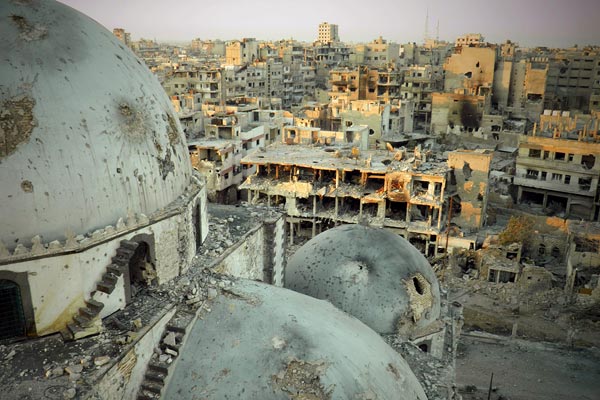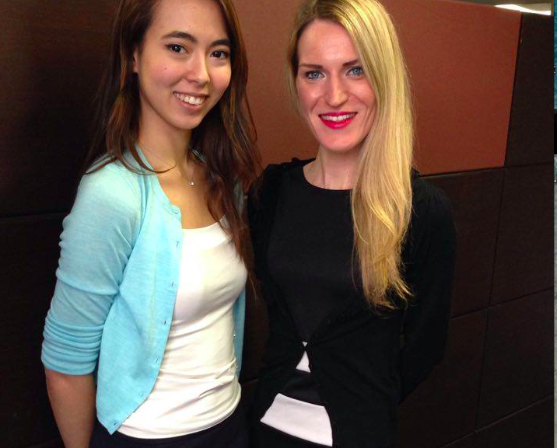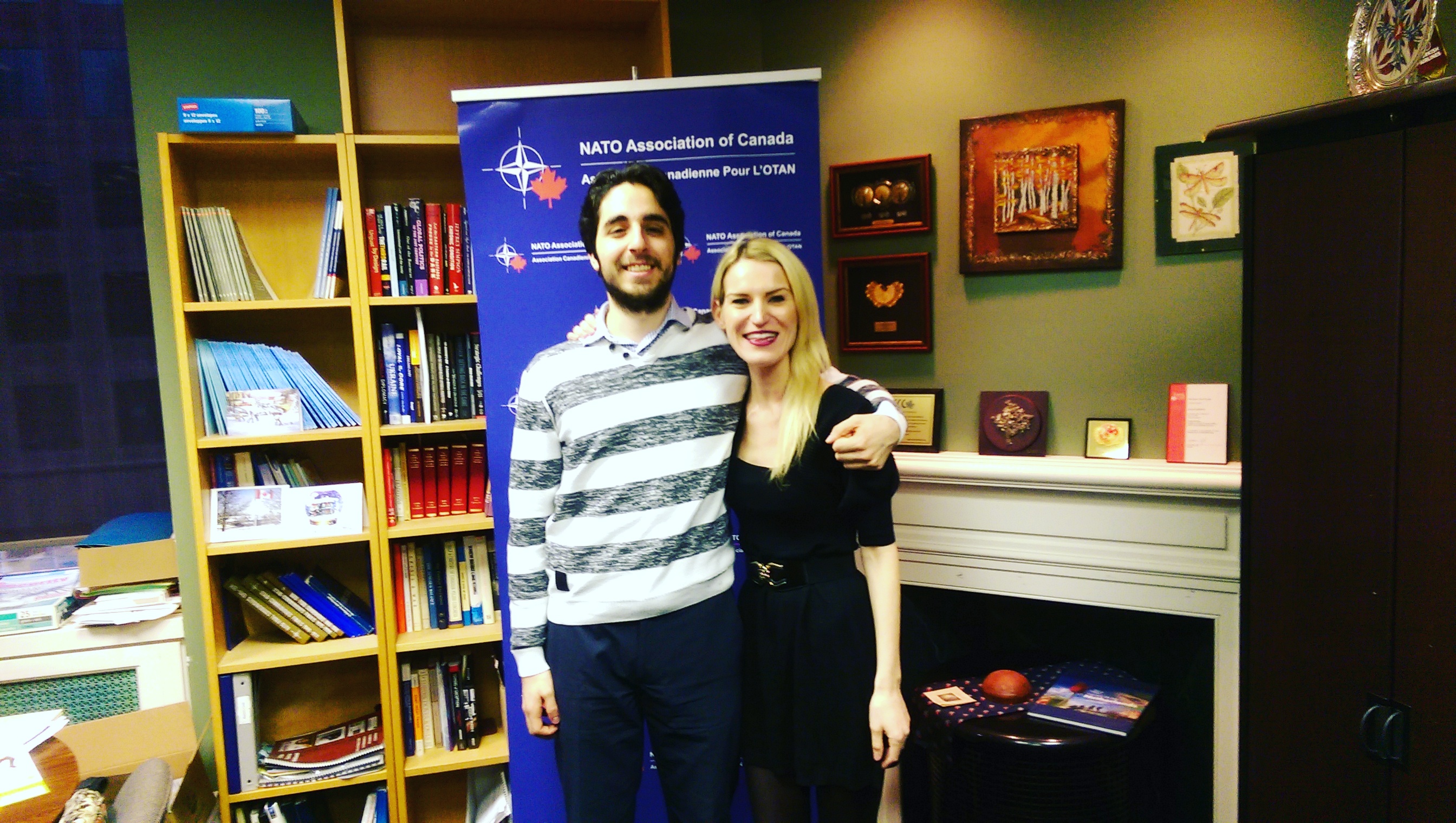Got the basics down? Now its time to see what’s going on in Syria right now, as the conflict rages on.
The Refugee Crisis
[captionpix align=”right” theme=”elegant” width=”300″ imgsrc=”http://natoassociation.ca/wp-content/uploads/2013/09/411SyriaP21.jpg” captiontext=”Syrian refugees in Lebanon”]
Many civilians have been caught in the violence that has engulfed Syria and have been forced to leave their homes to find refuge and safety. As of this month, the UN has indicated that the number of Syrians who have been forced to flee the country has passed the two million mark. Each day, refugees flow through the Syrian borders into the neighbouring states of Jordan, Lebanon, Turkey, Iraq and some even go as far as Egypt. Millions more have been displaced within the country. Unfortunately, aid agencies and foreign government officials say providing aid to civilians in Syria is difficult and dangerous.
What about the Chemical Weapons?
This is a newer and significant matter in the Syrian ordeal and deals in part with war etiquette. Yes, war etiquette. The world previously agreed that chemical weapons* should be banned on battlegrounds because their use would be devastating (just think about what happened during the World Wars). Chemical weapons produce horrible effects on the human body, and most importantly, cannot distinguish between soldier and civilian. If a chemical weapon is used in an area, every unprotected person in that area will experience the usually fatal effects of it. Search up the 1925 Geneva Convention for more details.
[captionpix align=”left” theme=”elegant” width=”300″ imgsrc=”http://natoassociation.ca/wp-content/uploads/2013/09/411SyriaP22.jpg” captiontext=”Victims of the chemical weapons attack in Ghouta”]
When allegations surfaced that chemical weapons were being used in the war in Syria, the international community, especially the United States, saw this as Assad crossing a substantial red line in global politics and it prompted immediate alarm. Despite this, Syria’s government emphatically denied using them. The Syrian foreign minister even stated, “There is no country in the world that uses a weapon of ultimate destruction against its own people.”
Last month, however, there was a suspected chemical attack in Ghouta, just outside the Syrian capital, Damascus, which killed hundreds of children and other civilians. It caused a strong reaction from many Western countries, including Canada, the US, Britain and France.
After waiting for two weeks, this past Monday, the UN received an official report from impartial weapons inspectors who recently travelled to Syria, which officially confirmed the use of chemical weapons. Although the report did not clearly point fingers as to who was responsible for the atrocities, several Western governments were quick in placing blame on Assad.
*Chemical weapons: are weapons of mass destruction. Chemicals, especially those like sarin gas, are colourless, odorless, highly lethal and can cause death or major harm to people.
Will there be a Foreign Intervention? What will the United States Do?
There has been increasing pressure on the international community to act after the deaths of thousands of children, but this occurred more so after claims that chemical weapons were being used in the war.
Canada decided it was “not contemplating forceful action” in Syria, although its involvement may grow deeper in the coming weeks.
In Britain, while Prime Minister Cameron wanted to intervene in Syria militarily, the parliament voted against it.
On the French side, President Hollande has kept the military option against Syria still handy and has been in talks with the US about the situation.
The UN is unable to deploy troops in Syria. The reason being that to do so requires a resolution to be passed in the Security Council, which Russia and China have blocked with their veto powers.
Russia, in particular, has positive political ties with the Assad regime and has helped it by supplying it with weapons and equipment, not to mention a very public display of diplomatic support. As to be expected, this has created a very tense relationship between Russia and the United States.
Under President Obama, for the last two years the United States has been attempting to end the conflict through diplomatic means, although it has also been supporting the rebels. After the recent chemical attack however, which two years ago President Obama stipulated as a “red line” for American intervention, this policy is likely to change. While initially the President vied for missile strikes against the Assad regime, this has been met with significant domestic and international opposition. He has now requested Congress to pass a vote on the issue.
[captionpix align=”right” theme=”elegant” width=”300″ imgsrc=”http://natoassociation.ca/wp-content/uploads/2013/09/411SyriaP23.jpg” captiontext=”President Obama postulates Syrian intervention”]
Many members of Congress, like the American people, are skeptical of what an American intervention, of any capacity, might entail. In the wake of Iraq and Afghanistan, many Americans are tired of intervening in foreign countries, especially Middle Eastern ones.
Remarkably, however, the Congress was able to breathe a sigh of relief, as a preliminary framework was agreed upon by both Russia (on behalf of Syria) and the US to get the Assad regime to surrender its control of its chemical weapons by mid-2014. Believe it or not, the regime is actually cooperating and has decided to welcome the plan. As a result, in the meantime, prospects for a foreign intervention and possible US airstrikes have slimmed.
The US Congress now does not have to take a tough vote on authorizing the use of military force in Syria anytime soon. This is quite a good thing because if a military strike would have occurred it is very unlikely that it would have led to an end to the fighting. From shipping arms to the rebels (which, in the end, is also arming the jihadists who are vocal of their dislike for the West) to taking out Assad (which could create a power vacuum) to launching airstrikes (which would inevitably lead to civilian casualties) or to even having a ground invasion (which could cost many lives, create anti-Western tension and arguably lead to a larger chain of reactions in the Middle East), the outcomes would be bad. The US, for now, has made a wise choice to evade the strike option, but still warns Syria, saying “the threat of force is real.”
What’s the Situation Now?
Although Syria has publicly shown some interest in cooperating by letting go of its chemical weapons, there are questions that still linger. Will the Assad regime actually give up one of the world’s largest stockpile of chemical weapons? Or is this just a delaying tactic to get the world off its back? And if the terms are not met, what will happen after?
Frankly, it is hard to give a definite answer to the questions, but the world will find this out in the coming days as the US and Russia will provide further details about the removal of Syria’s chemical weapons. The Assad regime may also attempt to disprove the claims that it used the weapons, blaming the rebels. You should also keep an eye out in the news these coming weeks as Syria is expected to provide a full list of all its chemical weapons and where the country is storing them. This is information many people around the globe are looking forward to.
In the meantime, in terms of the killing of civilians and the fleeing of refugees into neighbouring countries, these will continue and probably for quite some time. Assad’s brutal crackdown on rebel groups will persist as long as there is significant opposition against him, which has little sign of slowing down. At some point, however, the bloody conflict will cool, either from the removal of Assad, the defeat and fragmentation of rebel groups, or internationally mediated peace treaty between the two sides.




